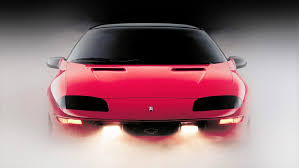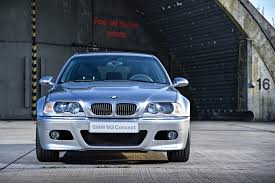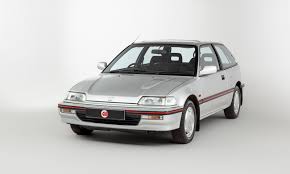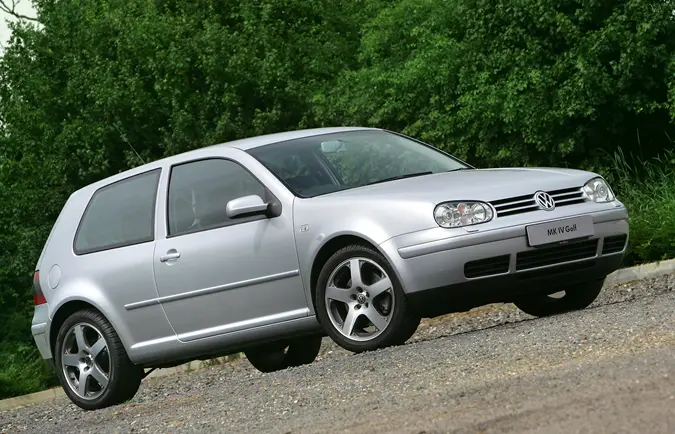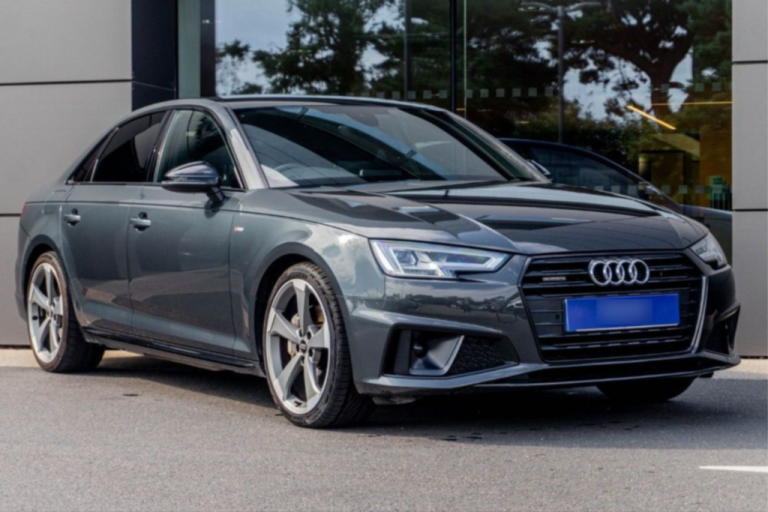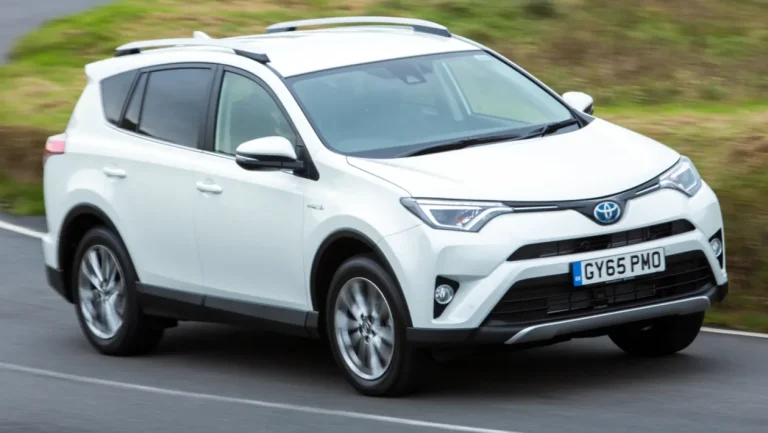Chevrolet Camaro 4th Gen – Explore the 90s Muscle Car with Bold Styling, V8 Power, and Classic American Performance
The Chevrolet Camaro 4th Gen (1993–2002) represents a memorable chapter in American muscle car history. Known for its bold styling, powerful V8 engines, and affordability, the Camaro of the 90s became a favorite among enthusiasts who wanted raw performance wrapped in iconic American design. From its specs and reliability to performance and long-term value, the fourth-generation Camaro remains a standout in the world of classic muscle cars.
Bold Styling for a New Era
When Chevrolet launched the 4th Gen Camaro in 1993, it marked a complete redesign from the angular 80s look of the third generation. The new design featured:
- A low, wide stance with aggressive curves
- Pop-up headlights (1993–1997) that gave way to fixed headlights in the 1998 refresh
- A sloping hatchback rear window for improved aerodynamics and cargo space
- Refined bodywork that balanced aerodynamics with muscle car presence
The facelifted models (1998–2002) sharpened the front fascia and introduced fixed headlights, giving the Camaro a more modern appeal as the new millennium approached.
Interior and Comfort
Inside, the Camaro 4th Gen offered a driver-focused cockpit with simple but functional design. Highlights included:
- Supportive front bucket seats with optional leather upholstery
- Analog gauges for clear visibility at speed
- Available premium audio systems and T-top roof panels for open-air fun
- A tight rear seat, suitable only for short trips
- Ample cargo space thanks to the hatchback design
While not luxurious, the interior delivered what muscle car fans expected — a place built for driving, not pampering.
Chevrolet Camaro 4th Gen Specs
The fourth-generation Camaro offered a variety of engines and trim levels over its production span, giving buyers plenty of choices.
Engine Options
- Base Models: 3.4L V6 with 160 hp (1993–1995), later upgraded to 3.8L V6 with 200 hp (1996–2002)
- Z28 Models: 5.7L LT1 V8 producing 275–305 hp (1993–1997)
- SS Models: Enhanced LT1 with performance upgrades, reaching 310 hp
- LS1 Models: From 1998 onward, the Corvette-sourced 5.7L LS1 V8 made 305–325 hp
Transmission Choices
- 5-speed manual (V6 models)
- 6-speed manual (V8 models)
- 4-speed automatic across all trims
Performance Figures
- V6 models: 0–60 mph in ~7.5 seconds
- LT1 V8 models: 0–60 mph in ~5.5 seconds
- LS1 V8 models: 0–60 mph in ~5.2 seconds, quarter-mile in low 13s
Performance and Driving Experience
Handling and Ride
Built on GM’s F-body platform, the Camaro was rear-wheel drive with an independent front suspension and a solid rear axle. Handling was sharp for the time, and while it lacked the finesse of European sports cars, it delivered the classic muscle car experience with plenty of grip and stability.
V8 Power
The LT1 and LS1 V8s were the stars of the show, delivering raw power, torque-heavy acceleration, and thrilling exhaust notes. The LS1 in particular brought Corvette-level performance to an affordable platform, cementing the Camaro’s performance reputation.
Everyday Usability
Despite its muscle car performance, the Camaro could be used as a daily driver. It offered comfortable highway cruising, decent ride quality, and hatchback practicality — though fuel economy and rear-seat space were compromises.
Reliability and Common Issues
The Camaro 4th Gen was generally reliable but came with a few known concerns:
- Optispark ignition on LT1 engines prone to failure if exposed to moisture
- Cooling system problems, particularly water pump issues
- Interior plastics prone to fading or cracking over time
- Headlight motors on pop-up headlight models could wear out
The LS1 models (1998–2002) were more robust and are considered the most reliable versions. With regular oil changes, cooling system checks, and proper care, many Camaros continue running strong today.
Features and Technology
While not packed with luxury features, the Camaro offered a mix of modern conveniences for its era:
- Air conditioning, power windows, and keyless entry
- Optional leather seating and upgraded Bose audio systems
- T-top or convertible configurations for open-air enjoyment
- Safety features like dual airbags and ABS
The Camaro focused on performance, but it didn’t completely ignore comfort and tech.
Ownership Costs
Owning a 4th Gen Camaro was relatively affordable compared to European sports cars, though V8 models had higher running costs.
- Insurance: Higher for younger drivers and V8 trims
- Fuel: V6 offered decent efficiency, but V8s demanded premium fuel and delivered just 15–22 mpg
- Maintenance: Reasonably priced if preventive care was done regularly
- Tires and brakes: Wore faster on performance models like the SS
For the performance it offered, the Camaro was still a bargain in terms of ownership costs.
Value and Market Trends
The 4th Gen Camaro has recently been climbing in value as enthusiasts rediscover 90s muscle cars.
- V6 models: Entry-level pricing, typically $4,000–$7,000
- Z28 models: Demand is strong, ranging $8,000–$15,000 depending on condition
- SS models: Rare and collectible, often fetching $15,000–$25,000 or more
- Special Editions: Like the 30th Anniversary edition, command premium prices
As the car gains classic status, clean, low-mileage examples are becoming harder to find.
Buying Guide – What to Look For
When shopping for a 4th Gen Camaro, consider these tips:
- Service records: Especially cooling and ignition system maintenance
- Rust: Common in northern climates, particularly undercarriage areas
- Interior condition: Dash cracks and upholstery wear are frequent issues
- Modifications: Many cars have aftermarket upgrades — verify quality and originality
Well-maintained LS1-powered models are the most desirable for enthusiasts and collectors.
Legacy of the 4th Gen Camaro
The Chevrolet Camaro 4th Gen kept the muscle car spirit alive during the 1990s and early 2000s. It delivered Corvette-level V8 performance at a fraction of the cost, brought bold styling to the streets, and gave enthusiasts a true American performance bargain. Today, it remains a nostalgic choice for muscle car fans and a rising star among classic car collectors.
Final Verdict
The Chevrolet Camaro 4th Gen (1993–2002) stands as one of the most exciting muscle cars of the 90s. With bold styling, powerful V8 engines, and accessible performance, it became an icon of its time. While it had a few quirks in reliability and interior quality, its overall value and driving thrill make it a worthy classic today.
For those seeking a blend of retro style, classic muscle performance, and growing collectibility, the 4th Gen Camaro is a car that deserves attention.
